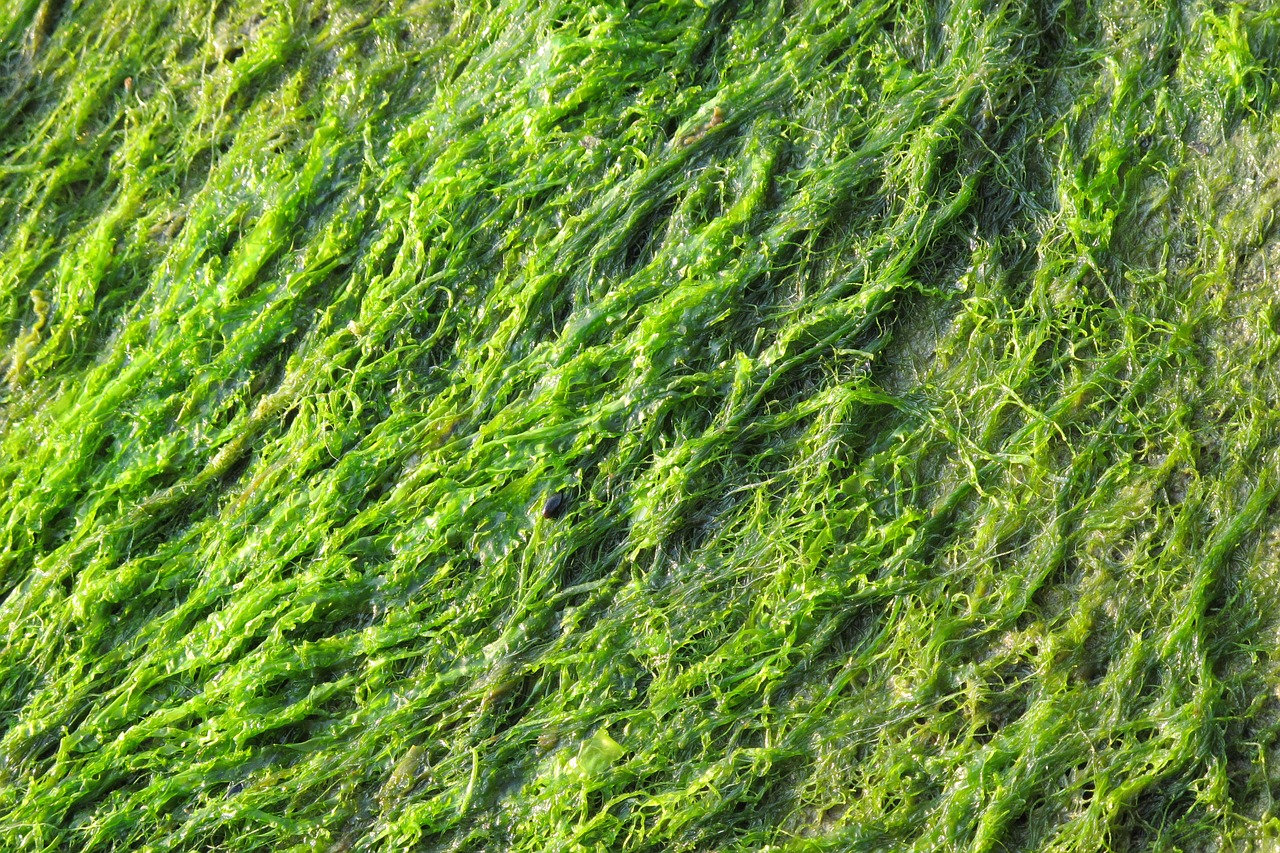Green algae are also efficient biocatalysts and can transform solar energy and carbon dioxide directly into different valuable compounds, such as vitamins, antioxidants, polymers, and carbohydrates.
During photosynthesis, green algae utilise harvested solar energy to split water, release oxygen into the atmosphere and produce biomass that functions as an excellent feed-stock in the blue biorefinery.
Researchers have already for decades believed that the main obstacle to the longer-term hydrogen production in algae in light is the destruction of the hydrogenase enzyme, a key element in this process, which is caused by oxygen. Since algae constantly release oxygen during their photosynthesis that occurs simultaneously with the production of hydrogen, maintenance of anaerobic conditions in illuminated cultures has been particularly troublesome.
The researchers at the University of Turku decided to apply the knowledge retrieved from the basic research on the photosynthesis of algae and established a new method for producing hydrogen that does not expose green algae to additional nutritional starvation and, thus, without applying any significant stress to the cells.
The researchers showed that the production of hydrogen could be significantly extended by simply exposing the anaerobic algal cultures to a train of strong yet short light pulses, which are interrupted by longer dark periods.
The research indicated clearly that a major obstacle to efficient hydrogen production is not oxygen but a strong competition between two metabolic pathways: carbon dioxide fixation leading to the biomass accumulation and the hydrogenase enzyme catalysing photoproduction of hydrogen.
The new method developed by the researchers is valuable both for the basic research of the photosynthesis of algae and for the research and development work of the industrial sector when producing new technologies for the large-scale production of carbon neutral biofuels.






